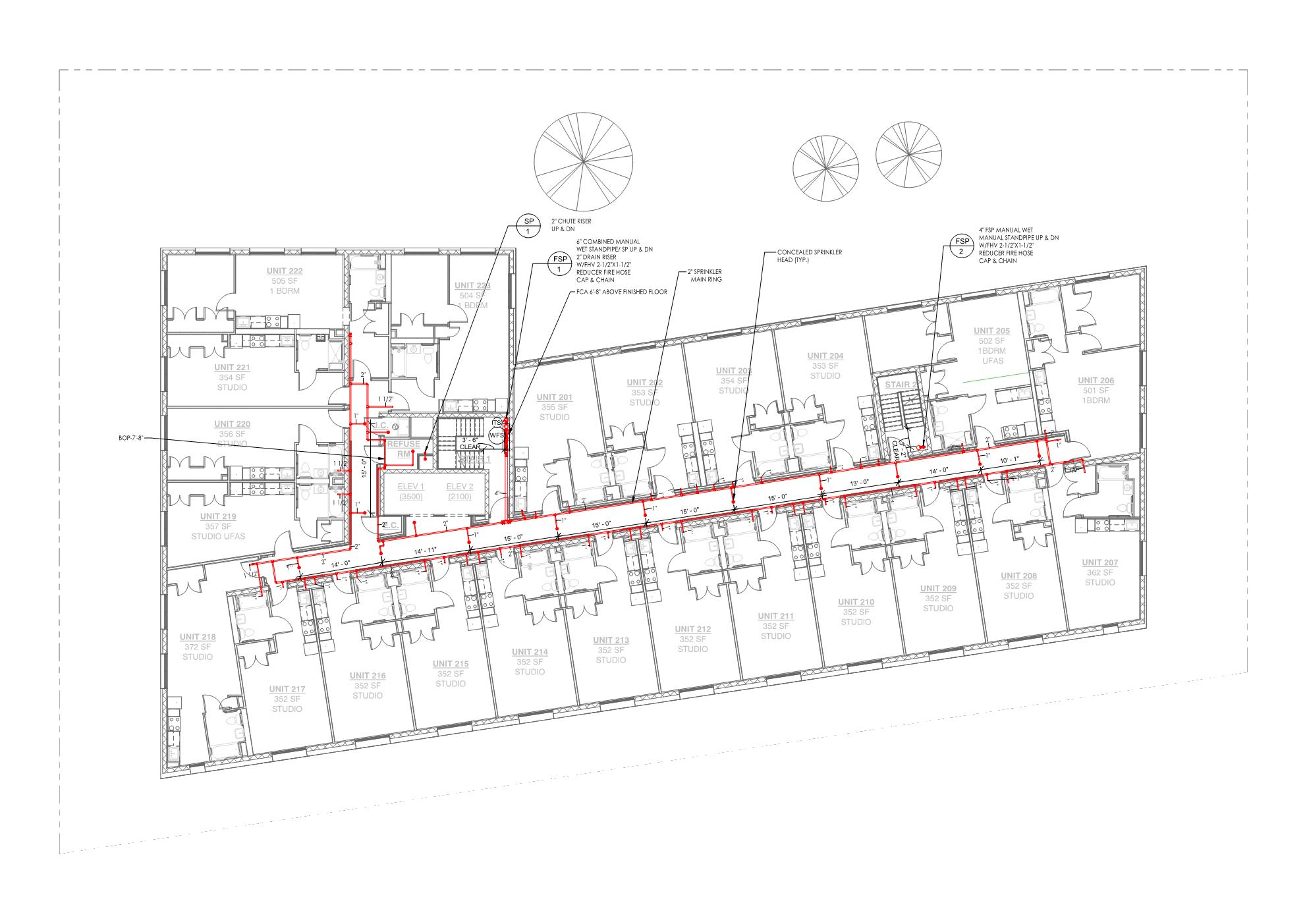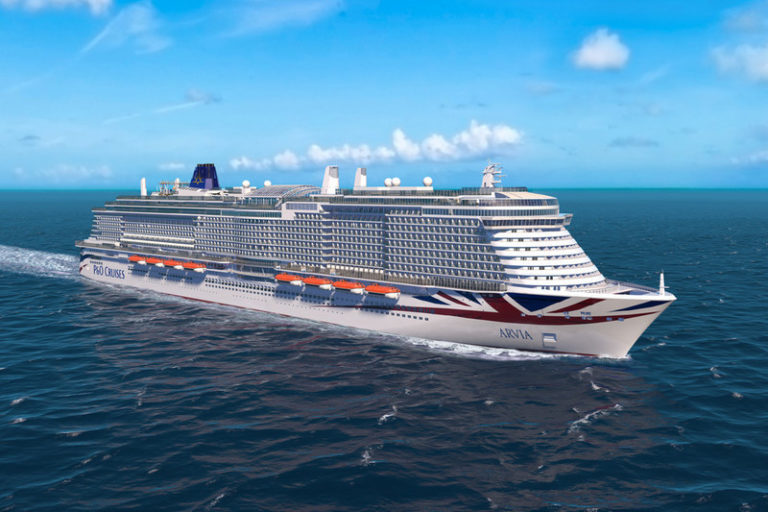Table Of Content

In addition, measure the distance from one irrigation head to another and make sure it is equal to the sprinkler's radius to accomplish head-to-head overlap. It’s important to make sure everything is installed properly to work with your existing system. Proper installation will also help your system function properly and be easier to maintain over time.
A personalized plan is just a few simple steps away.
You should draw all landscapes as well as hardscapes and other barriers in your drawing, such as your driveway, pathways, tree locations, and house. When it comes time to test your home’s new irrigation system, don’t forget about having a professional come out and inspect everything. If you are not sure how to go about this, consider hiring a professional landscaper who will be able to do it for you or consult with your local irrigation company.
Over Ten Years of San Jose Sprinkler Repair Service
The sprinkler heads have an excellent distribution pattern that goes down to 12 feet up to 28 feet. Since they have a low precipitation rate, they cover more area over a long period. Plus, rotor heads require less maintenance and can pass debris in reclaimed water without clogging. It’s a secondary hydrozone—visually important to the institution but less active.
Irrigation design workshops set Dec. 13-15 in College Station - AgriLife Today
Irrigation design workshops set Dec. 13-15 in College Station.
Posted: Wed, 16 Nov 2022 08:00:00 GMT [source]
Calculating Flow Rate
You’ll still need to measure the water pressure throughout the property, though, because it varies from one spot to another. However, don’t grab your bucket; turn on the existing faucet and time how long it takes to fill a gallon-size-bucket to measure the flow rate. Spray heads are suitable for smaller, targeted areas such as flower beds or narrow strips of lawn, delivering water in a fine spray pattern.
Fire Control Inc.
Then, group valves together with a manifold and attach them to the irrigation controller. A good design will also include a parts list of all pipes, fittings, heads, wires, valves, etc. Click here to shop for lawn irrigation supplies and drip irrigation fittings and supplies.

Zone C: Limited Irrigation
There are various types of sprinkler heads, and their choice varies depending on the watering needs of your zone. Some types include Rotor sprinkler heads, spray heads, fixed sprays, bubblers, solid stream rotors, and drip irrigation. All these sprinklers feature different flow rate, pressure, and coverage. When designing a sprinkler system, it’s important to avoid common mistakes that can lead to inefficiencies and issues with your system. One common mistake is over-watering, which can occur when sprinkler heads are set to run for too long or too frequently.
Sprinklers with a purpose - Irrigation & Lighting
Sprinklers with a purpose.
Posted: Tue, 14 Mar 2023 07:00:00 GMT [source]
Fire doors Testing and repair
Their superior area coverage means you don’t have to install as many sprinkler heads. These heads are adjustable, allowing you to adjust the spray distance (how far the water goes) and the radius (how wide the arc of the head is). Their closed case design resists clogging from grit, sand, and heavy grasses. What many homeowners may not know is there's a lot more to an in-ground sprinkler system than an on and off switch. It's important to understand the type of grass, climate and environment to determine the right mix for your lawn. Knowing when to water, how much to water and in what increments can help your lawn to look its best, while helping you spend the least.
- PLAN

We fix and replace pipes, sprinkler heads, fittings, valves, gauges, and all other components. Water flow and water pressure are two imperative aspects of any sprinkler system operation. You need to measure the water pressure and flow rate to ensure proper coverage and to design an accurate system. Insufficient water pressure can be the cause of sprinkler system failure. The first and foremost step to designing your sprinkler system is evaluating and preparing the area of your lawn where you want to install a sprinkler system. For it, determine your lawn's actual size, shape, and unique characteristics.
Schematic illustrations to help with the installation
Placement is a matter of preference, but there are few things to take into account when deciding where to put your valve boxes. Irrigation systems work in funnels; well, reverse funnels is probably a better description. This usually comes from the municipal water system, but for some people a well is used or even, in rare cases, pumps from some freshwater source like a river or lake. At Rain Bird, we understand irrigation designers come with varying levels of expertise and industry experience. Sutton advises those with old systems to go ahead and take advantage of the existing rebate programs offered, as they won’t stick around forever.
In addition, check the water pressure throughout the house because it differs from area to area. You can use a water pressure gauge to measure the water pressure by attaching a gauge to the spigot of your water source. Most homes have water pressure between psi and a flow rate of 5-10 gallons per minute (GPM). Besides, take note of any obstacle between your home and the sprinkler system, such as trees, buildings, or any other structure that may block water flow.
Notice that there are no heads place along the center of the perimeter, but only in the corners. So, make watering efficiency and conservation your target and you’ll get where you need to go. As previously stated, swapping these sprinkler heads is currently not required by the state for homeowners, however, Sutton says by October, he expects retailers will only be selling the pressure regulated items. Sutton believes that the biggest challenge for green industry professionals like Gachina will be performing maintenance services on sprinkler systems that have mismatched heads. By this point, we’ve covered a lot of technical details on how to design a sprinkler system. Sketch the irrigation system on paper—including the exact distance between the various parts of the sprinkler system like piping, valve, manifolds, and sprinkler heads.
You’ll also need to know how much water you have available for your system, where the main shutoff is located and if there are any special valves (such as an anti-siphon valve) that will require a unique design. Head placement is perhaps the most important part of making sure your system is effective and efficient. “I think if more states do this, then the volume of sprinklers that have pressure regulation built in could increase the total percentage of manufacturing, and the costs could go down some,” says Sutton. Overall, Sutton says customers will save money in the long run, their plants and lawns will look better and they will conserve water, which is a win for everyone. “The law that’s passed is really designed to regulate through sales the adoption of this pressure regulated technology,” says Sutton.
The myGarden sprinklersystem planner is a free online tool that provides you with an automatic placement of sprinklers and piping perfect for your garden. It is based on the GARDENA Sprinklersystem products that provide convenient pop-up lawn irrigation. The pop-up sprinklers are permanently installed underground and connected via a pipe system. They magically pop-up when it is time to water your garden and distribute precious water exactly where it is needed. When their work is done, they disappear again back into the ground.
However, if the water company provides the water, ask for your property water pressure report. An underground sprinkler system gives your lawn and garden just the right amount of water. With proper planning, you can do sprinkler installation yourself. Use this guide for general instructions on how to install a sprinkler system, plus maintenance tips. Shady areas require less water than an area getting full sunlight. Some plants require different amounts of water, so organize them according to watering requirements.



















